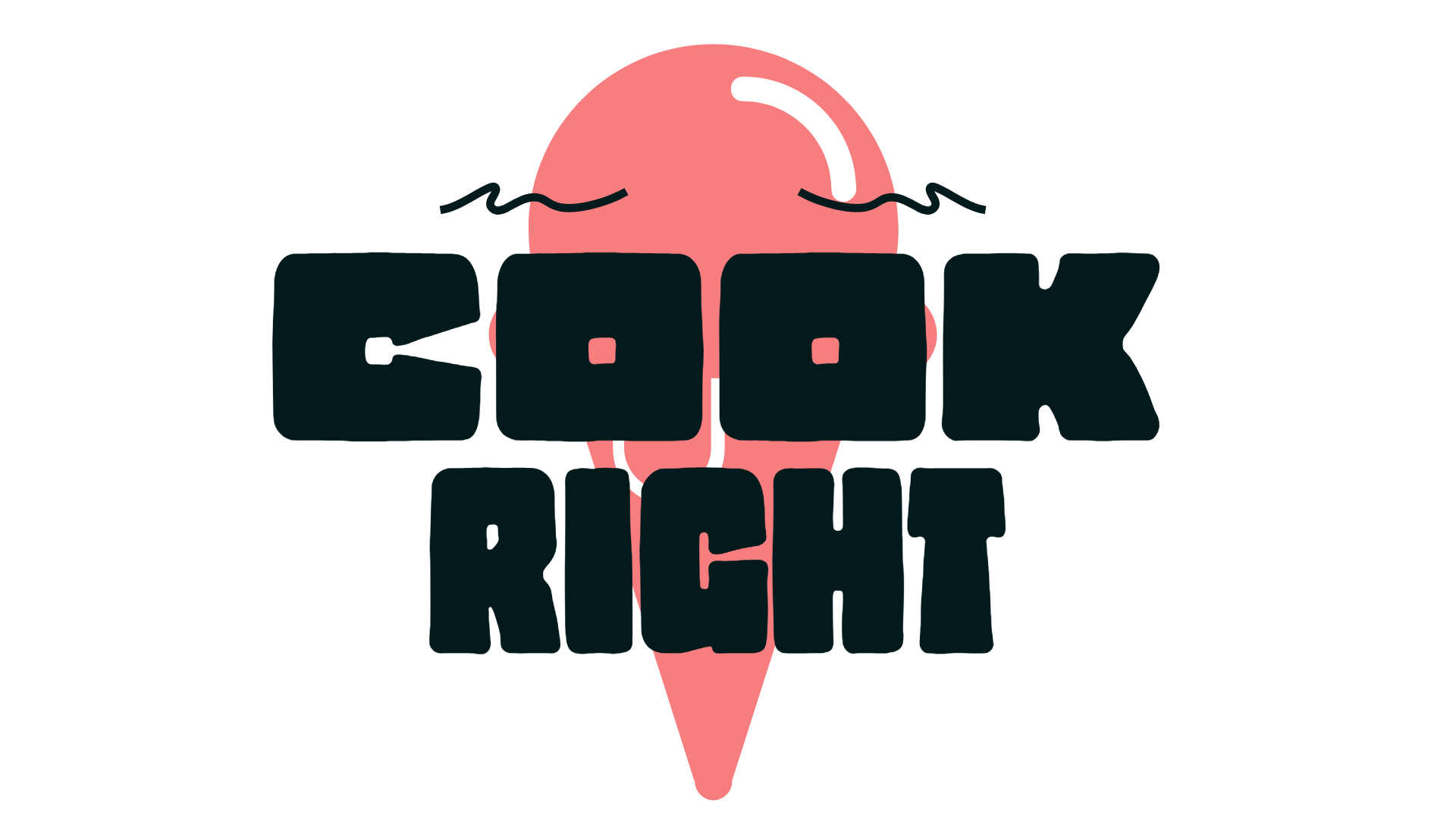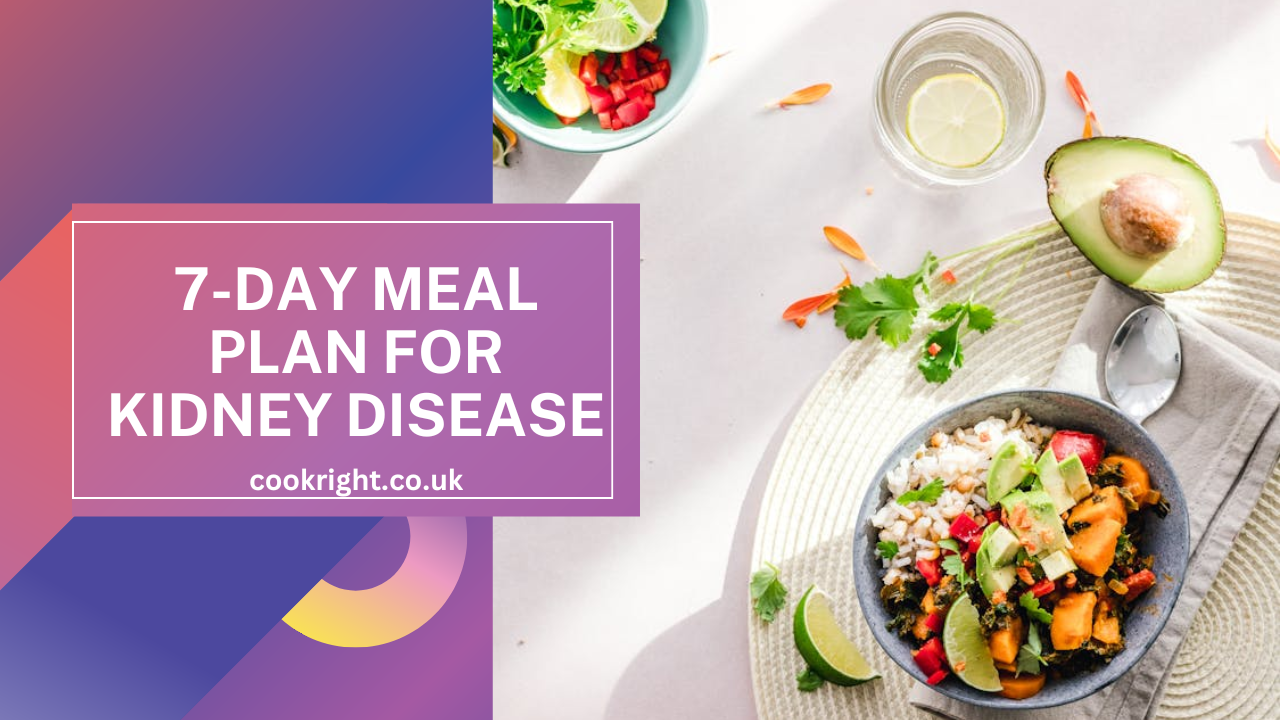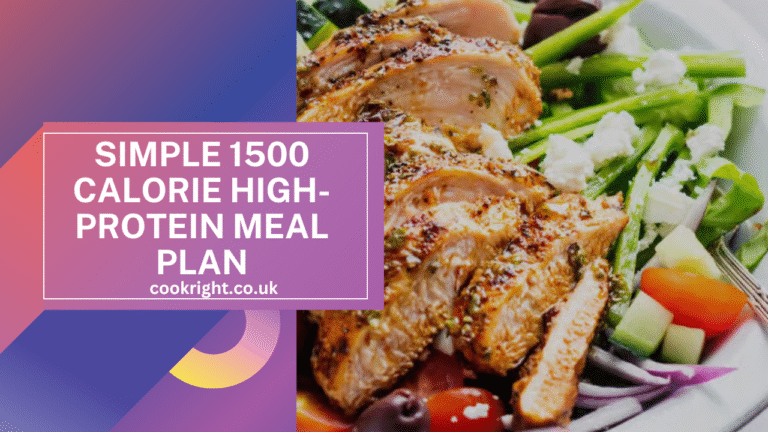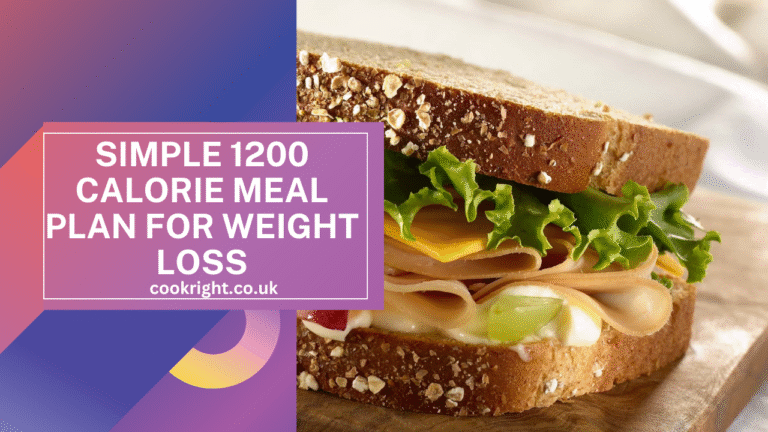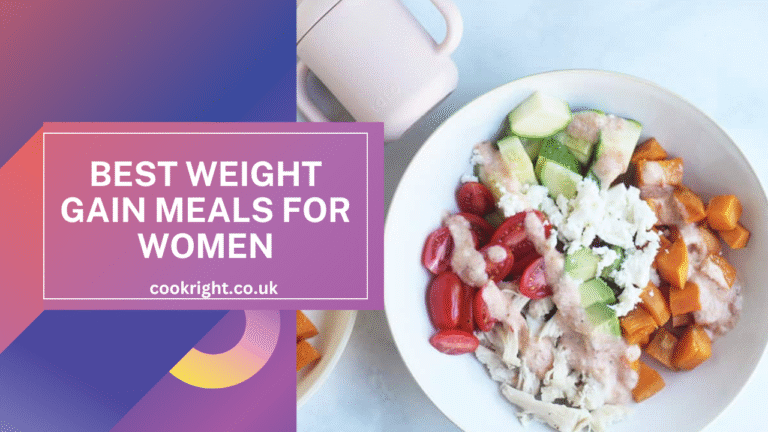Managing kidney disease through diet can be a critical component of treatment. A well-structured meal plan tailored to your specific needs can help reduce the workload on your kidneys, maintain essential nutrients, and improve overall health. This 7-day meal plan for kidney disease is designed to help you navigate your dietary requirements, ensuring you consume the right balance of nutrients while limiting harmful ones.
Key Considerations for Kidney Disease Diet
Before diving into the meal plan, it’s important to understand the key dietary restrictions and considerations for kidney disease:
- Limit Sodium: Excessive sodium can increase blood pressure and worsen kidney function. Aim for less than 2,300 mg per day or as recommended by your healthcare provider.
- Control Potassium: High potassium levels can cause serious heart problems. Foods rich in potassium should be limited or avoided based on your blood test results.
- Reduce Phosphorus: High phosphorus levels can weaken your bones and make your skin itch. Avoid foods with added phosphorus, which often includes processed foods.
- Moderate Protein Intake: While protein is necessary, too much can overwork the kidneys. Stick to moderate amounts and focus on high-quality sources.
- Stay Hydrated: Proper hydration is crucial, but the amount of fluid intake may need to be adjusted based on the stage of your kidney disease.
7-Day Meal Plan
Here’s a detailed 7-day meal plan that emphasizes low sodium, controlled potassium, and phosphorus intake while providing balanced nutrition. Portions and specific ingredients can be adjusted based on individual needs and recommendations from your dietitian.
Day 1
Breakfast:
- Oatmeal with Berries: Cook oats with water or almond milk. Top with a handful of fresh blueberries or strawberries.
- Low-Sodium Toast: Spread a thin layer of unsalted butter or a light smear of honey.
Lunch:
- Grilled Chicken Salad: Mixed greens, cucumber, and radish topped with grilled chicken slices. Dress with olive oil and vinegar.
- Apple Slices: A small apple, sliced and served on the side.
Dinner:
- Baked Tilapia with Lemon: Season with herbs (parsley, dill) and bake until flaky.
- Steamed Green Beans: Lightly steamed to maintain nutrients and served with a sprinkle of pepper.
Snack:
- Rice Cakes with Unsweetened Almond Butter: One or two cakes as a light snack.
Day 2
Breakfast:
- Smoothie: Blend almond milk, fresh pineapple chunks, and a small handful of spinach for a refreshing drink.
- Whole Wheat English Muffin: Lightly toasted with unsalted butter.
Lunch:
- Turkey Wrap: Low-sodium turkey slices wrapped in a whole wheat tortilla with lettuce and a thin layer of mustard.
- Cucumber Slices: A refreshing side of sliced cucumbers.
Dinner:
- Pasta Primavera: Whole wheat pasta with a variety of low-potassium veggies like bell peppers and zucchini, drizzled with olive oil.
- Side Salad: Mixed greens with a simple vinaigrette.
Snack:
- Unsalted Popcorn: A small bowl of air-popped, unsalted popcorn.
Day 3
Breakfast:
- Scrambled Egg Whites: Cook with bell peppers and onions for added flavor.
- Low-Sodium Toast: A slice of whole grain toast with unsalted butter.
Lunch:
- Quinoa Salad: Cooked quinoa with chopped cucumbers, tomatoes, and a drizzle of olive oil.
- Sliced Peaches: Fresh peach slices for a sweet touch.
Dinner:
- Chicken Stir-Fry: Chicken breast with low-potassium vegetables like green beans and bell peppers, stir-fried in a low-sodium soy sauce alternative.
- Brown Rice: A small serving of brown rice on the side.
Snack:
- Rice Cakes: Two plain rice cakes with unsweetened almond butter.
Day 4
Breakfast:
- Cinnamon Apple Oatmeal: Oats cooked with diced apples and a sprinkle of cinnamon.
- Herbal Tea: A cup of caffeine-free herbal tea.
Lunch:
- Vegetable Soup: A homemade soup with low-potassium vegetables like carrots, green beans, and leeks in a low-sodium broth.
- Whole Grain Crackers: A few low-sodium crackers on the side.
Dinner:
- Herb-Crusted Salmon: Baked with fresh herbs and a squeeze of lemon.
- Steamed Broccoli: Lightly steamed to retain its crunch.
Snack:
- Fruit Salad: A mix of low-potassium fruits like strawberries and blueberries.
Day 5
Breakfast:
- Yogurt with Fresh Berries: Low-fat, plain yogurt topped with fresh strawberries.
- Low-Sodium Granola: Sprinkle a small amount of granola on top.
Lunch:
- Grilled Chicken Sandwich: Low-sodium chicken breast on whole wheat bread with lettuce and a thin spread of avocado.
- Baby Carrots: A handful of baby carrots on the side.
Dinner:
- Beef and Vegetable Skewers: Small beef chunks with bell peppers and zucchini grilled on skewers.
- Quinoa: A serving of quinoa to complement the skewers.
Snack:
- Cucumber Slices: Lightly seasoned with a sprinkle of dill.
Day 6
Breakfast:
- Smoothie Bowl: Blend almond milk with strawberries and top with a sprinkle of low-sodium granola.
- Whole Grain Toast: A slice with unsalted butter.
Lunch:
- Tuna Salad: Tuna mixed with chopped celery, a dash of lemon juice, and pepper, served on a bed of lettuce.
- Sliced Bell Peppers: Fresh bell pepper slices on the side.
Dinner:
- Baked Chicken with Herbs: Chicken breast seasoned with rosemary and thyme.
- Roasted Asparagus: Lightly roasted with a sprinkle of olive oil.
Snack:
- Rice Crackers: Plain rice crackers with a light spread of hummus.
Day 7
Breakfast:
- Egg White Omelette: Made with onions, bell peppers, and a sprinkle of herbs.
- Low-Sodium Toast: A slice of toast with a thin layer of honey.
Lunch:
- Veggie Wrap: A whole wheat tortilla filled with lettuce, tomatoes, and cucumbers with a light vinaigrette.
- Apple Slices: Fresh apple slices for a sweet side.
Dinner:
- Baked Cod with Lemon: Lightly seasoned and baked with fresh lemon slices.
- Steamed Spinach: Lightly steamed and served with a drizzle of olive oil.
Snack:
- Unsalted Nuts: A small handful of unsalted almonds or walnuts.
Tips for Success
- Meal Prep: Preparing your meals in advance can help you stick to your dietary goals and ensure you have healthy options readily available.
- Read Labels: Always check food labels for hidden sodium, phosphorus, and potassium. Look for products labeled “low sodium” or “no salt added.”
- Consult with a Dietitian: A renal dietitian can provide personalized guidance and adjust your meal plan based on your blood test results and specific needs.
Conclusion
Navigating a meal plan for kidney disease requires careful attention to sodium, potassium, phosphorus, and protein intake. This 7-day meal plan offers a structured approach to help you manage your diet and support your kidney health. Remember, individual needs may vary, so it’s essential to tailor these suggestions to your specific dietary requirements and always consult with your healthcare provider or dietitian before making any significant changes to your diet.
